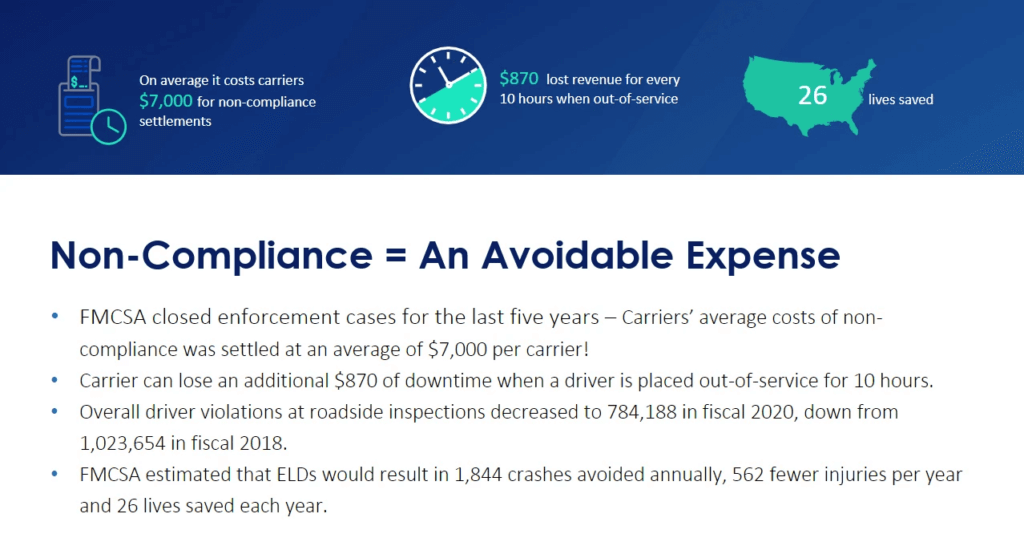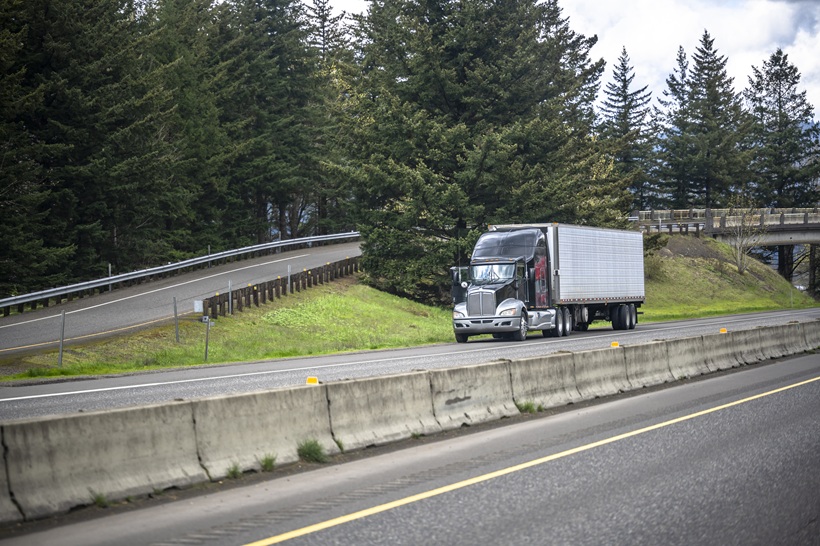
How to Take a Preventative Stance on Fleet Safety
In every T.V. classic, the characters repeat a common refrain after narrowly avoiding disaster: “Phew! That was a close call.” In the trucking business, close calls don’t elicit nearly the same reaction. Close calls are often shrugged off or go unnoticed, leading to bigger trouble down the road.
In the previous blog in Transflo’s Fleet Safety series, we discussed how data, like G.I. Joe in the ‘80s cartoon classic, can help you make better decisions. Having the right data keeps everyone honest, tells you what happened, and helps you pick up the pieces to do better next time. But without a focus on prevention, all the data in the world won’t do you any good.
Read on to learn how to take a preventative stance on fleet safety, and why you should take a closer look at the close calls.
Focus on Driver Engagement

When there’s a major wreck, commercial drivers often take the blame, regardless of who’s at fault. Even if a driver’s hands are clean, fleet safety is a shared responsibility. No one wins when we play the blame game, and everyone must own up to their part.
Until fully autonomous vehicles are the norm, your drivers are still your first line of defense against accidents.
The best way for fleet operators to avoid accidents is by hiring well-trained, qualified drivers who can own up to (and learn from) their mistakes. But without the right data on driver behavior, ongoing training and coaching is a challenge.
Driver engagement is an important piece in the fleet safety puzzle, and that’s where the process safety risk triangle factors into the equation.
Take a Closer Look at Near Misses

When it comes to fleet safety, most carriers focus on major accidents. But what about near misses? There could be a thousand near misses for every crash, and that one crash may not be reportable. Only focusing on major accidents is a flawed approach because the majority of fatal crashes are the result of many near misses.
To reduce major accidents and bolster fleet safety, focus on preventing those near misses.
It’s tough to identify a near miss if no one reports anything and drivers stay quiet about close calls. That’s where data can help. With the right fleet management solution, carriers have vital data coming in from multiple devices. If the data shows a lot of near misses, you can take swift action to rectify the situation and prevent serious accidents down the line.

The Bottomline
When it comes to fleet safety, prevention is key. With the right telematics solution, everyone stays honest and accountable, and you get the data you need to boost fleet safety. By keeping an eye on near misses, carriers can help prevent major accidents. With access to the right data at the right time, running a safer fleet can be easy.



